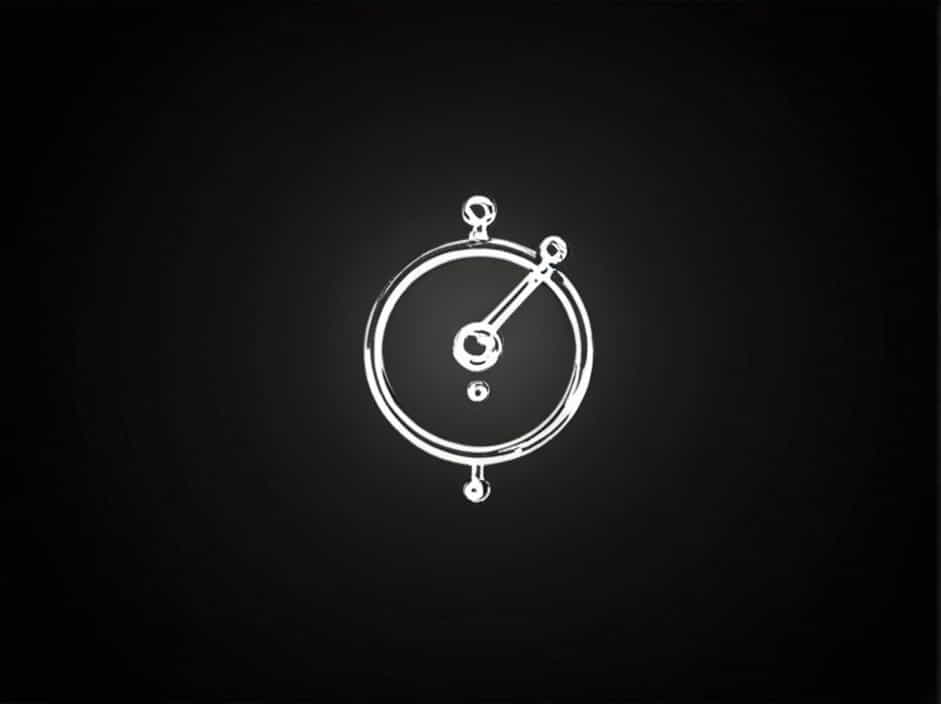Coulomb’s Law is a fundamental principle in electrostatics, describing the force between two electrically charged objects. It is crucial for understanding electric fields, forces, and charge interactions. This topic is essential for Class 12 physics students, as it lays the foundation for electromagnetism, capacitors, and electric potential.
This topic explores key questions and concepts related to Coulomb’s Law, including its formula, applications, limitations, and numerical problems.
1. What Is Coulomb’s Law?
A. Definition of Coulomb’s Law
Coulomb’s Law states that:
The force between two point charges is directly proportional to the product of their magnitudes and inversely proportional to the square of the distance between them.
Mathematically,
Where:
-
F = Electrostatic force (Newton, N)
-
q_1, q_2 = Magnitudes of the charges (Coulomb, C)
-
r = Distance between the charges (meter, m)
-
k = Coulomb’s constant ( $9 times 109 , Nm2/C^2$ )
B. Nature of the Force
-
If charges are like (both positive or both negative), the force is repulsive.
-
If charges are opposite (one positive, one negative), the force is attractive.
C. Vector Form of Coulomb’s Law
Since force is a vector quantity, Coulomb’s Law can be expressed as:
where hat{r} is the unit vector pointing from one charge to the other.
2. What Are the Important Properties of Coulomb’s Law?
A. Inverse Square Law
The force is inversely proportional to the square of the distance between charges. If the distance doubles, the force becomes one-fourth.
B. Dependence on Medium
The electrostatic force depends on the surrounding medium. In a vacuum, Coulomb’s constant is k . In a medium with dielectric constant ( varepsilon_r ), the force is:
where varepsilon_r is the relative permittivity of the medium.
C. Action-Reaction Pair
Coulomb’s force follows Newton’s Third Law, meaning the force exerted by q_1 on q_2 is equal and opposite to the force exerted by q_2 on q_1 .
3. What Are the Limitations of Coulomb’s Law?
Although Coulomb’s Law is highly useful, it has some limitations:
-
Only applicable to point charges: The law is accurate only for point charges or spherical charge distributions.
-
Does not apply to moving charges: Coulomb’s Law does not consider effects like magnetic forces caused by moving charges.
-
Neglects quantum effects: At atomic scales, forces between charges must be explained using quantum electrodynamics (QED).
-
Medium dependence: The law works well in a vacuum or air, but in complex media, interactions are harder to predict.
4. How Does Coulomb’s Law Compare to Gravitational Law?
Coulomb’s Law is similar to Newton’s Law of Gravitation, but with key differences:
| Property | Coulomb’s Law | Gravitational Law |
|---|---|---|
| Force Type | Electrostatic | Gravitational |
| Formula | F = k frac{q_1 q_2}{r^2} | F = G frac{m_1 m_2}{r^2} |
| Constant | k = 9 times 10^9 Nm^2/C^2 | G = 6.67 times 10^{-11} Nm^2/kg^2 |
| Force Nature | Can be attractive or repulsive | Always attractive |
| Strength | Much stronger | Much weaker |
Coulomb’s force is significantly stronger than gravitational force, making it dominant at atomic and molecular levels.
5. What Are Some Practical Applications of Coulomb’s Law?
Coulomb’s Law has numerous real-world applications, including:
A. Electrostatic Forces in Chemistry
-
Explains bond formation in molecules.
-
Governs interactions between ions in salts (NaCl, KCl, etc.).
B. Working of Capacitors
Capacitors store charge using electric fields, which depend on Coulombic interactions.
C. Electrostatic Precipitators
Used in pollution control, these devices remove dust ptopics using electrostatic forces.
D. Lightning and Thunderstorms
Lightning occurs due to the Coulombic attraction between opposite charges in clouds and the ground.
E. Printing Technologies
Laser printers and photocopiers use electrostatic charge to transfer ink onto paper.
6. How to Solve Numerical Problems Based on Coulomb’s Law?
Example 1: Calculating Electrostatic Force
Problem:
Two charges ** q_1 = 5 times 10^{-6} C ** and ** q_2 = -3 times 10^{-6} C ** are placed 0.2 m apart in air. Find the electrostatic force between them.
Solution:
Using Coulomb’s Law:
Substituting values:
Since the force is negative, it is attractive.
Example 2: Effect of Changing Distance
Question: If the distance between two charges is doubled, how does the force change?
Answer:
Since force follows the inverse square law, if distance ** r ** is doubled ( $2r$ ):
Thus, the force reduces to one-fourth of the original value.
7. Key Questions and Answers About Coulomb’s Law
Q1: Can Coulomb’s Law be applied inside a conductor?
No, inside a conductor, the net electrostatic force is zero due to charge redistribution.
Q2: Why do like charges repel and opposite charges attract?
This is due to the nature of electric fields and the tendency of charges to move towards a state of lower energy.
Q3: How is Coulomb’s constant ( k ) derived?
It is derived from the vacuum permittivityvarepsilon_0 :
where varepsilon_0 = 8.85 times 10^{-12} , C^2/Nm^2 .
Q4: How does the presence of a dielectric affect Coulomb’s force?
A dielectric reduces the force by a factor of varepsilon_r (relative permittivity).
Q5: What happens if multiple charges are present?
The principle of superposition applies:
where forces from all charges are added vectorially.
Coulomb’s Law is a fundamental principle in electrostatics, explaining how charges interact. It is essential for understanding electric fields, forces, and energy storage. With real-world applications in electronics, chemistry, and engineering, mastering this law is crucial for Class 12 students.
